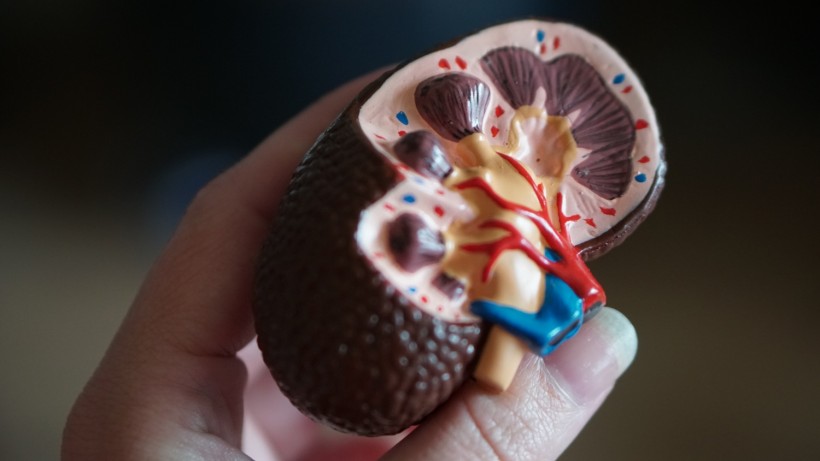Scientists have achieved growing kidneys in pigs with over 50% human cells by creating hybrid embryos implanted in pigs. This research, led by Miguel Esteban and colleagues at the Guangzhou Institutes of Biomedicine and Health in China, signifies progress toward growing human kidneys in animals, potentially alleviating the organ donor shortage.

Human Kidneys Successfully Grown in Pigs in a Breakthrough Experiment, Offering Solution to Organ Donor Shortage
Growing Human Organs in Animals
Kidney transplantation is a vital medical procedure, but there is a severe shortage of available organs, with more than 100,000 people in the US alone waiting for this life-saving surgery, and tragically, 13 individuals succumb to this wait each day.
To address this pressing issue, scientists are exploring innovative approaches, such as growing human kidneys in animals that share similar organ sizes and physiological characteristics, like pigs.
Esteban and his research team pursued this avenue by creating pig embryos incapable of developing their own kidneys. They achieved this by disabling two crucial genes responsible for kidney organogenesis.
Subsequently, they introduced human stem cells into these modified pig embryos, with the aim of prompting these cells to differentiate into kidney cells within the pigs and ultimately form functional humanized kidneys. To enhance the compatibility of human cells within the pig environment, genetic modifications were applied to boost the expression of two pro-survival genes.
The full technique is described in their study, titled "Generation of a Humanized Mesonephros in Pigs From Induced Pluripotent Stem Cells via Embryo Complementation" published in the scientific journal Cell Stem Cell. The researchers have achieved the remarkable feat of growing a fully developed humanized organ within another species for the first time.
This groundbreaking technique involved the implantation of embryos, described in the study, into surrogate pig mothers. Remarkably, after 28 days of development, these chimeric embryos began to develop kidneys primarily composed of human cells, displaying a normal structural arrangement.
Esteban noted that it took five years of dedicated research to reach this milestone. They aim to create patient-specific organs and reduce transplant rejection risk. This innovative approach holds promise but faces complexity and time constraints, requiring further technical advancements.
The research team is also exploring the extension of this method to generate additional human organs within pig embryos, and experts applaud it as a pioneering step in organ bioengineering using pigs as incubators.
READ ALSO: Mouse-Human Hybrids Chimeras in Development to Serve as Accurate Models for Research
Human-Pig Chimera
The recent achievement of growing a humanized kidney in pigs marks a significant development, though it's not the first instance of creating human-pig chimeras. In 2017, scientists, including Jun Wu from the University of Texas Southwestern Medical Center, accomplished a similar feat, highlighting the importance of this latest study.
Mary Garry, a cell biologist at the University of Minnesota, has previously created part-human, part-pig embryos with human muscle tissue and endothelium, emphasizing the need for comprehensive characterization and verification of human tissue within these organs.
While the humanized kidney in this study contains pig cells alongside human ones, the human cells dominate, making up approximately 60% to 70% of the organ. This achievement represents a significant improvement in enhancing the chimeric contribution of human cells within the kidney.
Furthermore, if the gestation process were allowed to progress further, it could lead to a higher proportion of human cells within the kidney, potentially forming the entire organ except for the vasculature.
However, producing fully mature kidneys comprised entirely of human cells would necessitate additional genetic manipulation of the host pig embryo. Nonetheless, researchers like Esteban believe that such a goal is attainable with further advancements in genetic engineering techniques.
RELATED ARTICLE: Chinese Researchers Created the First Pig-Monkey Chimera
Check out more news and information on Chimera in Science Times.














